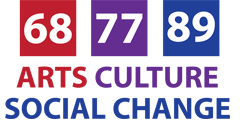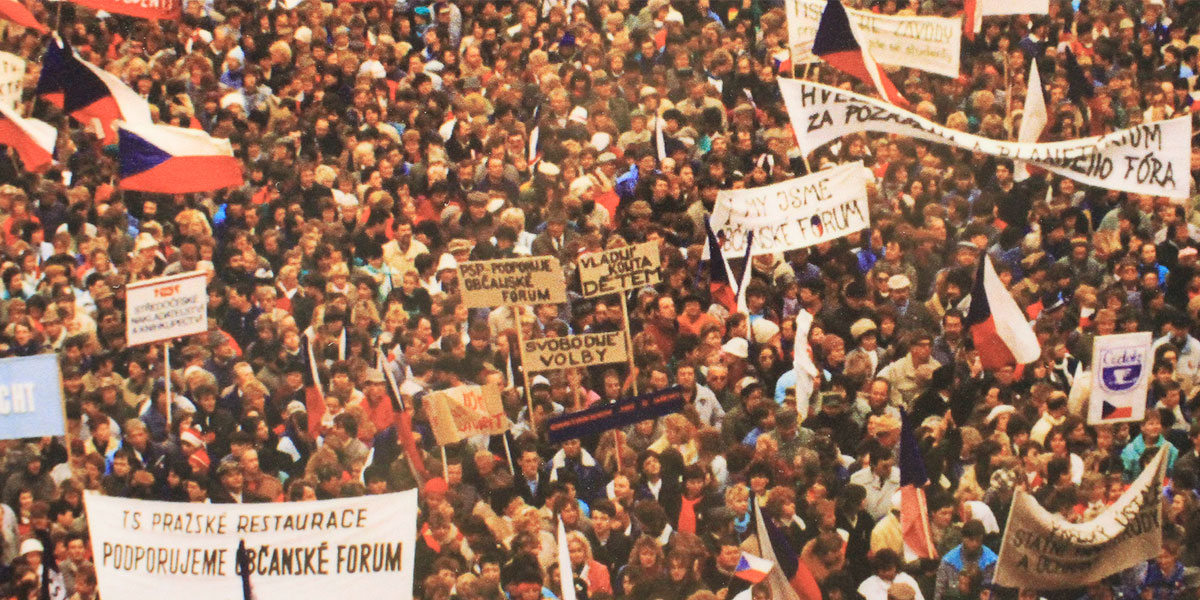Module 3: 1989
Synopsis
The 1989 Velvet Revolution was a non-violent transition of power in what was then Czechoslovakia, occurring from November 17 to December 29, 1989. Popular demonstrations against the one-party government of the Communist Party of Czechoslovakia involved students and older dissidents. Additionally, external factors including the transformations in Poland and Hungary and the collapse of the regime in East Germany were significant catalysts for the downfall of Communism in Czechoslovakia. The Communist Party of Czechoslovakia announced on November 28 that it would relinquish power and dismantle the one-party state. Two days later, the legislature formally deleted the sections of the Constitution giving the Communists a monopoly of power. The result was the end of 41 years of one-party rule in Czechoslovakia, and the subsequent dismantling of the planned economy and conversion to a parliamentary republic.
Sources and Outcomes
In Module 3, students will examine the contexts, causes, and effects of the 1989 Velvet Revolution. The NCSML has selected primary and secondary sources that provide teachers and students with a rich collection of political, social, economic, and cultural perspectives across three designed activities.
Each activity is centered on a compelling question that invites students to construct their understanding, ask additional questions about the past, and apply their thinking to the contemporary world. In order to support these outcomes, teachers will find an array of instructional strategies and processing routines you can utilize and adapt for students. Additionally, a variety of performance tasks supporting students’ deep content understanding and develops skill sets usable beyond the classroom provide authentic contexts for the demonstration of meaningful learning.

